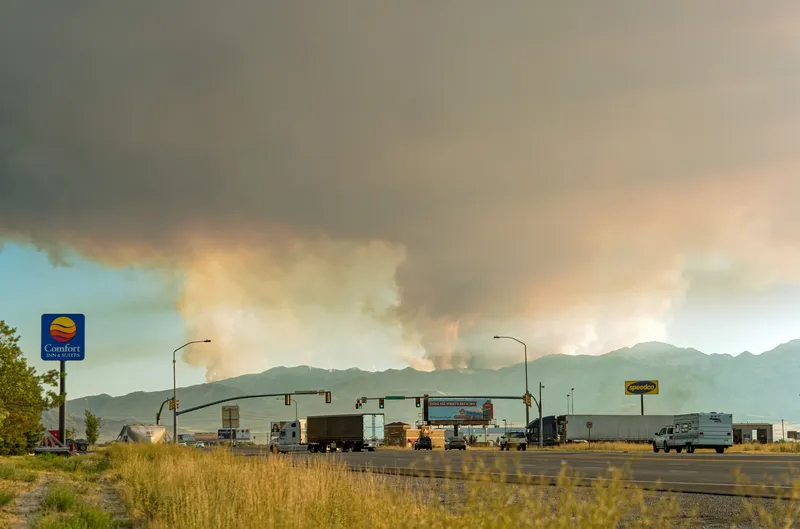New York Governor Andrew Cuomo has announced funding of around US$67 million for 63cycle, pedestrian and multi-use path transportation enhancement projects that will encourage tourism and economic development opportunities across the state.
The projects, selected via a competitive solicitation process, include the addition of accessible sidewalks, improved pedestrian access to public transportation services, construction of new bicycle and pedestrian facilities and the preservation and conversion of aban
January 17, 2014
Read time: 2 mins
New York Governor Andrew Cuomo has announced funding of around US$67 million for 63cycle, pedestrian and multi-use path transportation enhancement projects that will encourage tourism and economic development opportunities across the state.
The projects, selected via a competitive solicitation process, include the addition of accessible sidewalks, improved pedestrian access to public transportation services, construction of new bicycle and pedestrian facilities and the preservation and conversion of abandoned railroad corridors for trail use.
These funds are made available to the State through the831 Federal Highway Administration (FHWA) and are administered by NYSDOT. The funds cover 80 per cent of the cost of each project, with the remaining 20 per cent coming from the project sponsor. The funds are dedicated for strategic investments in transportation alternatives. With the 20 per cent local match, these projects will support a total investment of US$96.5 million.
The selected projects are required to address one or more category: Facilities for bicycles and pedestrians; Scenic or historic highway programs; Landscaping and other beautification initiatives; Preservation of abandoned railway corridors, including their conversion and use as pedestrian and bicycle trails; and environmental mitigation to address water pollution due to highway runoff or reducing vehicle-caused wildlife mortality.
“We are modernising New York State’s transportation system while making it safer,” Governor Cuomo said. “From building new facilities for bicycles and pedestrians to supporting historic highway programs, these projects will provide new tourism and recreational opportunities for New Yorkers and visitors. We will continue to upgrade New York’s infrastructure to expand tourism and economic development while improving our communities.”
The projects, selected via a competitive solicitation process, include the addition of accessible sidewalks, improved pedestrian access to public transportation services, construction of new bicycle and pedestrian facilities and the preservation and conversion of abandoned railroad corridors for trail use.
These funds are made available to the State through the
The selected projects are required to address one or more category: Facilities for bicycles and pedestrians; Scenic or historic highway programs; Landscaping and other beautification initiatives; Preservation of abandoned railway corridors, including their conversion and use as pedestrian and bicycle trails; and environmental mitigation to address water pollution due to highway runoff or reducing vehicle-caused wildlife mortality.
“We are modernising New York State’s transportation system while making it safer,” Governor Cuomo said. “From building new facilities for bicycles and pedestrians to supporting historic highway programs, these projects will provide new tourism and recreational opportunities for New Yorkers and visitors. We will continue to upgrade New York’s infrastructure to expand tourism and economic development while improving our communities.”









